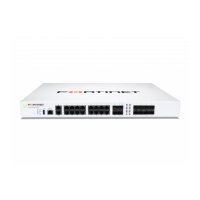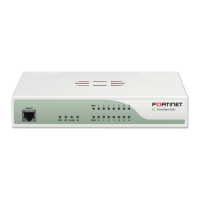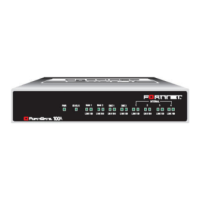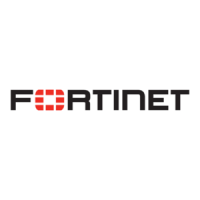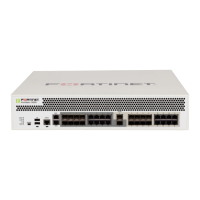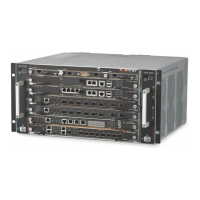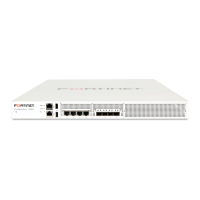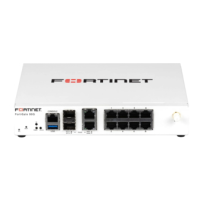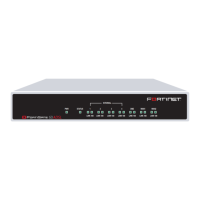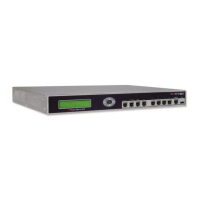Key concepts Client-server connections in SMTP
FortiMail™ Secure Messaging Platform Version 4.0 Patch 1 Install Guide
Revision 2 15
http://docs.fortinet.com/ • Feedback
• another SMTP server that acts as a delivery agent for the email user, relaying the email
to its destination email server
The placement of clients and servers within your network topology may affect the
operation mode you choose when installing a FortiMail unit. If your FortiMail unit will be
operating in gateway mode or server mode, SMTP clients — including SMTP servers
connecting as clients — must be configured to connect to the FortiMail unit.
Terms such as MTA and MUA describe server and client relationships specific to email
protocols.
MTA
A Mail Transfer Agent (MTA) is an SMTP server that relays email messages to another
SMTP server.
FortiMail units operating in gateway mode function as an MTA. FortiMail units operating in
server mode function as an MTA and full (SMTP, IMAP, POP3, webmail) email server.
In order to deliver email, unless the email is incoming and the email server has no domain
name and is accessed by IP address only, MTAs must query a DNS server for the MX
record and the corresponding A record. For more information, see “The role of DNS in
email delivery” on page 16.
MUA
A Mail User Agent (MUA), or email client, is software such as Microsoft Outlook that
enables users to send and receive email.
FortiMail units support SMTP connections for sending of email by a MUA.
FortiMail units operating in server mode support POP3 and IMAP connections for retrieval
of email by a MUA. For email users that prefer to use their web browsers to send and
retrieve email instead of a traditional MUA, FortiMail units operating in server mode also
provide FortiMail webmail.
Incoming vs. outgoing directionality
Many FortiMail features such as proxies and policies act upon the directionality of an
SMTP connection or email message. Rather than being based upon origin, incoming or
outgoing directionality is determined by whether the destination is a protected domain.
Incoming connections consist of those destined for the SMTP servers that are protected
domains of the FortiMail unit. For example, if the FortiMail unit is configured to protect the
SMTP server whose IP address is 10.1.1.1, the FortiMail unit treats all SMTP connections
destined for 10.1.1.1 as incoming.
Outgoing connections consist of those destined for SMTP servers that the FortiMail unit
has not been configured to protect. For example, if the FortiMail unit is not configured to
protect the SMTP server whose IP address is 192.168.1.1, all SMTP connections destined
for 192.168.1.1 will be treated as outgoing, regardless of their origin.
Note: For more information on gateway mode and server mode, see “FortiMail operation
modes” on page 19.
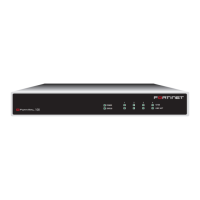
